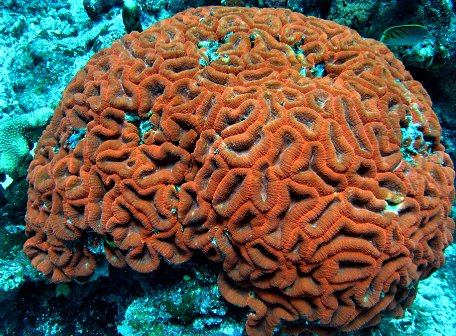A team of MIT researchers have defined a genetic vulnerability in patients previously defined to be genetically predisposed to Parkinson's, which suggests agricultural pest killers of many types may be environmental triggers for the disease in genetically vulnerable humans.
Persons with mutant forms of the gene coding for the nerve cell protein alpha-synuclein are prone to develop Parkinson disease. In that condition, alpha-synuclein protein clumps in the brain cells that are needed to make dopamine, a brain chemical used as a neurotransmitter. Without enough cells making the dopamine substance, the brain cannot enable and moderate body movement properly, causing symptoms which may include tremors and slowing of body movements.
The researchers showed that exposure to small amounts of the herbicide paraquat, the insecticide rotenone, and the fungicide maneb allowed free radical damage to disrupt function of cloned nerve cells created in cell culture from skin cells of the patients. This damage was prevented by correcting the genetic defect by modifying the cellular DNA.
It seems to me that the link to rotenone (which was previously shown to cause oxidative death of dopaminergic neurons in vitro) is especially important, because rotenone is akin to a large number of other naturally occurring plant toxins. This promotes the environmental toxin theories of causes for Parkinson's, a disease that predates agricultural spraying practices. Maneb is already known to promote a Parkinson's like disease in monkeys. Paraquat was shown to predispose to Parkinson's in an epidemiological study a couple years ago.
One missing piece is whether the findings, in persons with Parkinson's with a particular DNA mutation, will turn out to help explain Parkinson's in those without that mutation.
Go organic, or glove and mask and cover skin before spraying the garden, folks.
---
ABSTRACT
Isogenic Human iPSC Parkinson s Model Shows Nitrosative Stress-Induced Dysfunction in MEF2-PGC1± Transcription
Ryan, Scott D.; Dolatabadi, Nima; Chan, Shing Fai; Zhang, Xiaofei; Akhtar, Mohd Waseem; Parker, James; Soldner, Frank; Sunico, Carmen R.; Nagar, Saumya; Talantova, Maria; Lee, Brian; Lopez, Kevin; Nutter, Anthony; Shan, Bing; Molokanova, Elena; Zhang, Yaoyang; Han, Xuemei; Nakamura, Tomohiro; Masliah, Eliezer; Yates, John R.; Nakanishi, Nobuki; Andreyev, Aleksander Y.; Okamoto, Shu-ichi; Jaenisch, Rudolf; Ambasudhan, Rajesh; Lipton, Stuart A.
Cell doi:10.1016/j.cell.2013.11.009
Parkinson s disease (PD) is characterized by loss of A9 dopaminergic (DA) neurons in the substantia nigra pars compacta (SNpc). An association has been reported between PD and exposure to mitochondrial toxins, including environmental pesticides paraquat, maneb, and rotenone. Here, using a robust, patient-derived stem cell model of PD allowing comparison of A53T ±-synuclein (±-syn) mutant cells and isogenic mutation-corrected controls, we identify mitochondrial toxin-induced perturbations in A53T ±-syn A9 DA neurons (hNs). We report a pathway whereby basal and toxin-induced nitrosative/oxidative stress results in S-nitrosylation of transcription factor MEF2C in A53T hNs compared to corrected controls. This redox reaction inhibits the MEF2C-PGC1± transcriptional network, contributing to mitochondrial dysfunction and apoptotic cell death. Our data provide mechanistic insight into gene-environmental interaction (GxE) in the pathogenesis of PD. Furthermore, using small-molecule high-throughput screening, we identify the MEF2C-PGC1± pathway as a therapeutic target to combat PD. "hiPSC-DA neurons (hNs) with PD mutation (SNCAA53T) manifest nitrosative stress"SNCAA53T or mitochondrial toxins induce S-nitrosylated (SNO)-MEF2C in hNs"S-nitrosylation of MEF2C reduces PGC1± expression and impairs mitochondrial function"Reactivation of MEF2-PGC1± rescues SNCAA53T hNs from nitrosative stress-induced death The ±-synucleinA53T mutation, which causes familial Parkinson s disease, increases reactive nitrogen species in dopaminergic neurons, leading to disruption of the MEF2C-PGC1± transcriptional network, which renders dopaminergic neurons more sensitive to mitochondrial stress.




